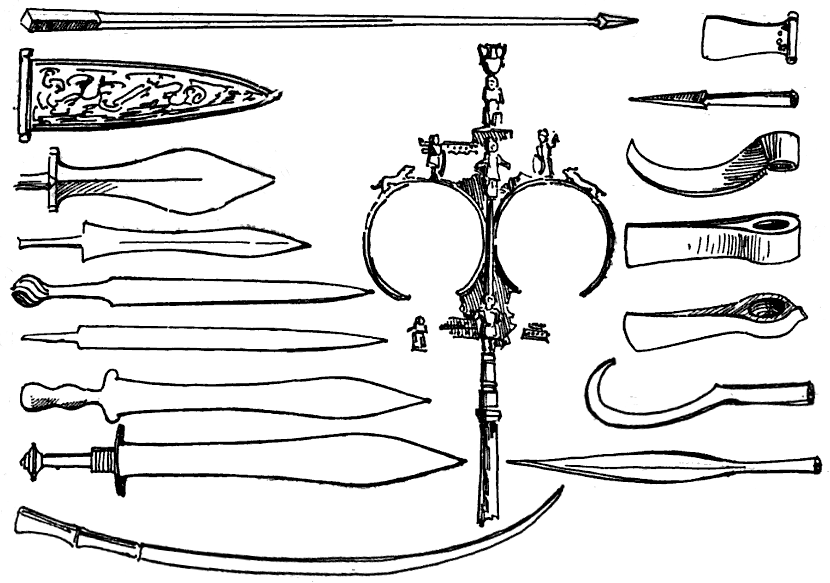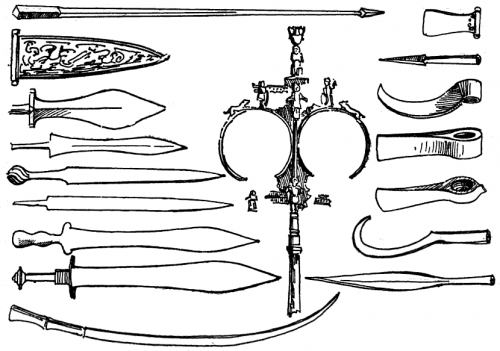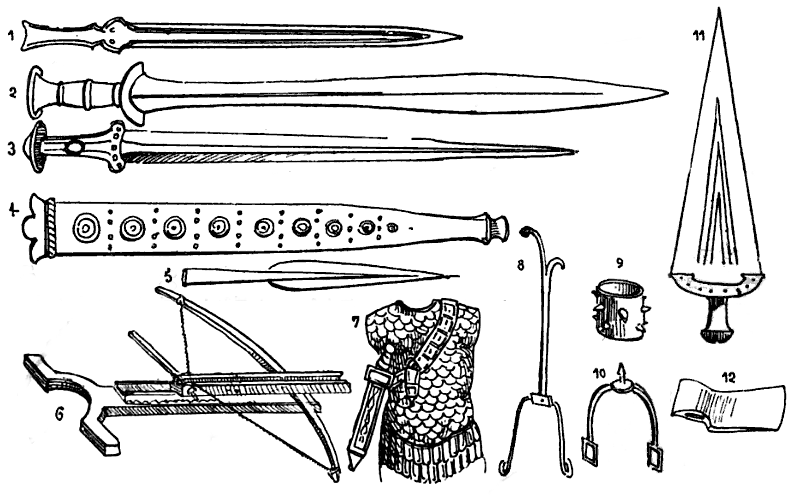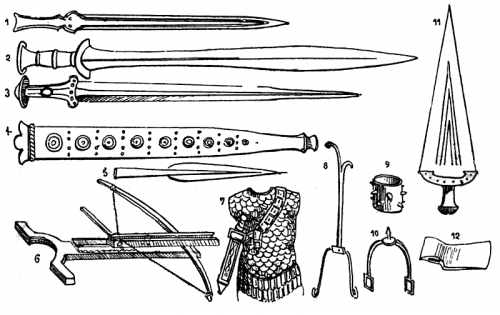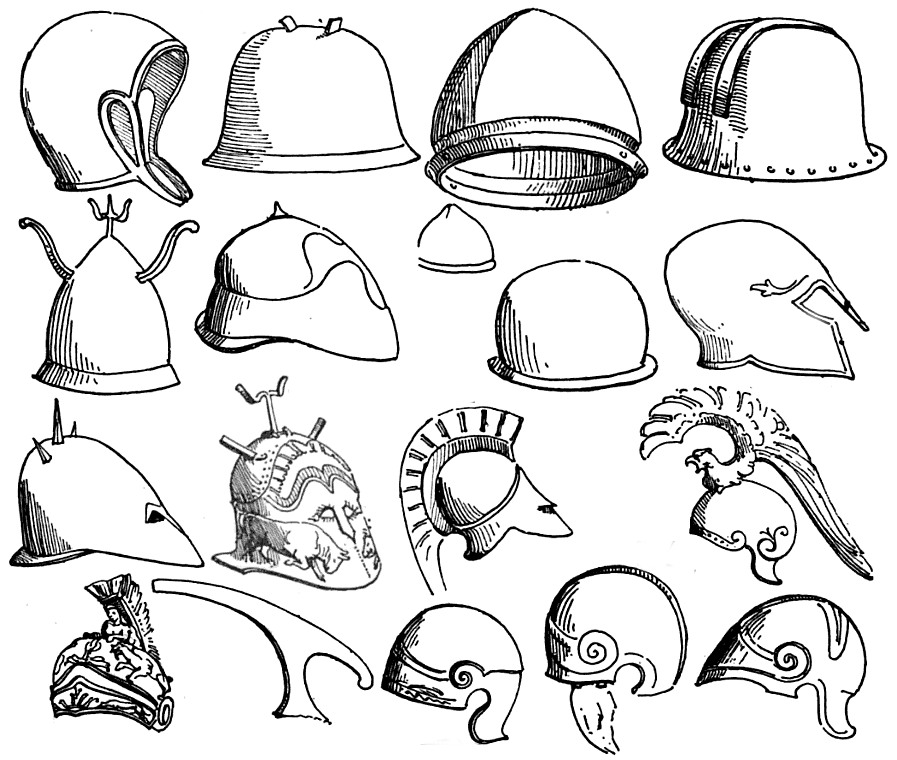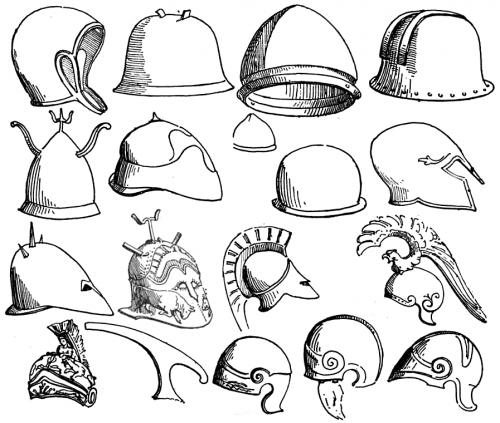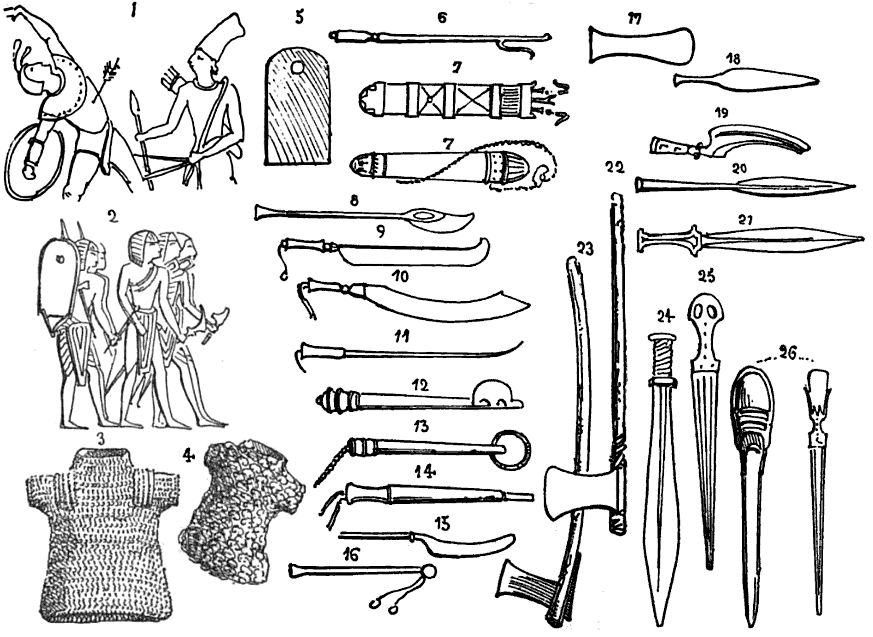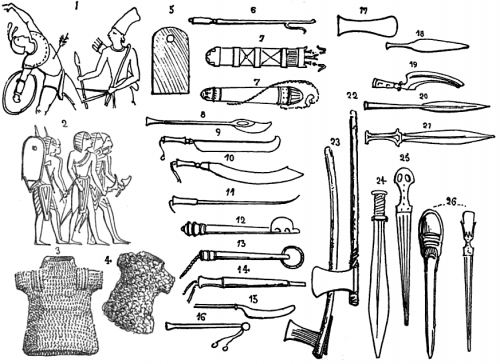Well, well, we made it almost a whole week without a hurricane or earthquake here in New York. Here are some links to keep you occupied over the weekend. I would wish you a happy “three-day weekend”, but most of you are in theatre, and we don’t get holidays off.
List of Tools is more than just a list of tools; it breaks down all sorts of tools into different categories, tells you what they are used for, and includes all sorts of other relevant information. It’s great when you want to know the difference between a ball peen and a straight peen hammer, or how to measure the inside diameter of a pipe.
Here is an interview with Clive Lankford of Lancaster’s Armouries, a British sword and armor maker that specializes in stage combat weapons.
The Washington Post did a nice spread on Chris Young, prop master at the Shakespeare Theatre Company in Washington, DC. It’s wonderfully photographed, and always great when a larger media outlet pays attention to the work that goes on behind the scenes.
How old is your globe? This site lists various names of now defunct countries, along with when they changed and what their modern equivalent is. So if you find an older name on your globe, you know how old your globe is. Also great in reverse, for when you need to make a globe or a map and want to make sure you aren’t using any anachronistic geography.
Finally, here is a walk through a haunted house. The pictures are all taken with flash, so you really get the details of the construction behind a lot of the pieces and scenes.

